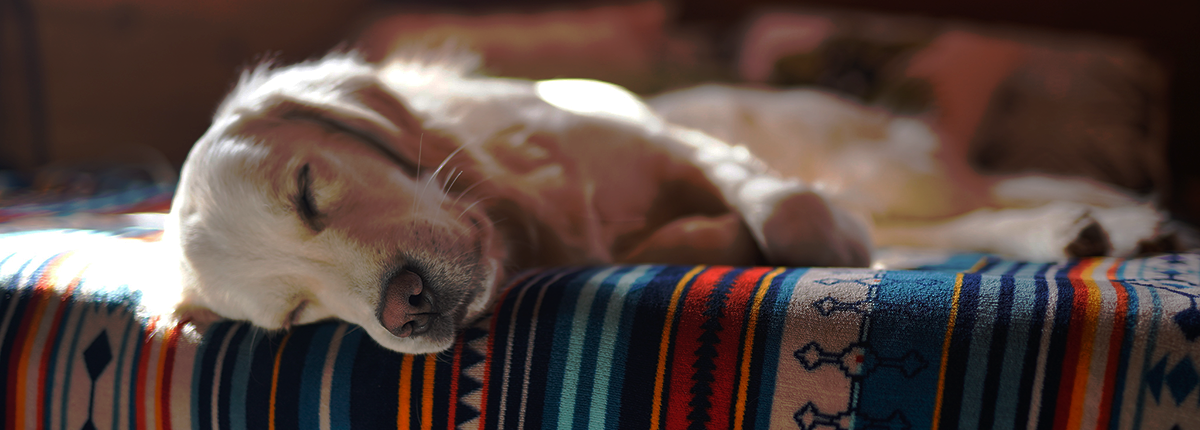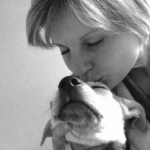
Palliative care and hospice care are not the same thing, though they are often used interchangeably. Palliation is defined as “relieving or soothing the symptoms of a disease or disorder at any stage of an illness”. More and more people are choosing palliative care and so in this blog article we will explore the concept of palliative care and how it can help your pet. It is important that veterinarians and caregivers work together to help relieve pain, stress and anxiety associated with illness.
For some pets, palliative care can mean managing their pain with things like acupuncture, rehabilitation, massage and medications. For other pets it can be managing nausea and anorexia with home cooked foods, supplements and the appropriate pharmaceuticals. Anxiety can also affect many ill patients due to things like side effects of therapy, pain, respiratory conditions and others. In order to help calm pets down, different gentle approaches can be used, such as calming music, essential oil diffusion, healing touch, Bach flower essences and hemp extracts. These should be discussed with your veterinarian to find out which approach is right for your pet. If your pet’s illness is terminal, then as the disease progresses there may be changes in what your pet needs or how they respond to the care they are receiving.
Palliative care is also there to help caregivers of sick and dying pets, it provides caregivers emotional support and guidance throughout this process. This journey that you are taking with your pet can be emotionally and physically challenging and may go on for a significant period of time. Be sure to not only take care of your pet’s needs but your own as well since these circumstances can be very difficult to handle.
If you choose to end your pet’s suffering with humane euthanasia you can have a plan for how you want the final journey to go. You can have a day dedicated to you and your pet doing things together to spend quality time before you say goodbye. Some people choose to say goodbye at home or on the beach, or some place special to them and their beloved four legged companion. It is important to make these arrangements ahead of time and to discuss them with your veterinarian.
Music, stories, family and friends can all be a part of the final goodbye, this journey can be a beautiful and peaceful moment. One thing that can be very supportive during this “goodbye” process, is for you to gather photos and mementos of your life with your pet, and to make a scrapbook, or have them out to talk about all the good times. Focusing on the many good times spent together, although understandably sad, can help you remember this wonderful life you shared and help to bring closure at the end of your pet’s life.
I think its important to grieve for your pet; the tears you shed honor your life together and your love of your four-legged. Allow yourself to grieve for as long as you need. Its said, the body sheds the tears, the eyes do not weep. Meaning don’t give yourself an ulcer by holding it all in. Allow yourself your emotions and allow them to work themselves out in their own natural time.
As a hospice veterinarian I have taken part in many euthanasia’s and have seen some beautiful goodbye’s. I have been touched by so many people and their pet’s during those last moments and I can tell you that as sad as it is, you can make it a way to honor your pet and let them go with dignity and grace.




